-
By Ruchi Pardal

-
~ 15 minutes read
Have you ever spoken to a friend who is intelligent and well-versed in every subject? You ask a question, and they give you a perfect, easy-to-understand answer. That is what using Google search is starting to feel like.
The reason for this change is Google AI Mode.
Perhaps you have seen it. At the top of the page, you now see a large box with a thorough reply rather than just a list of blue links. This is how people now search for information on Google. It interprets your actual request using artificial intelligence, or AI.
However, currently, less than 1% of most brands’ traffic comes from AI search, and the majority of people are not using AI Mode.
As a result of this significant shift, many website owners wonder, “What does this mean for my website?” How do I get people to find my site if Google is giving all the answers away?
Discover what exactly Google AI mode is and how AI mode is changing SEO.
Google’s AI Mode is a brand-new conversational search experience that uses its Gemini models and other systems to provide complex query answers in a single interactive view.
It doesn’t include the 10 blue links of traditional search results.
It builds upon the previous Search Generative Experience (SGE) and is accessible from the Google search page or the Chrome browser’s address bar.
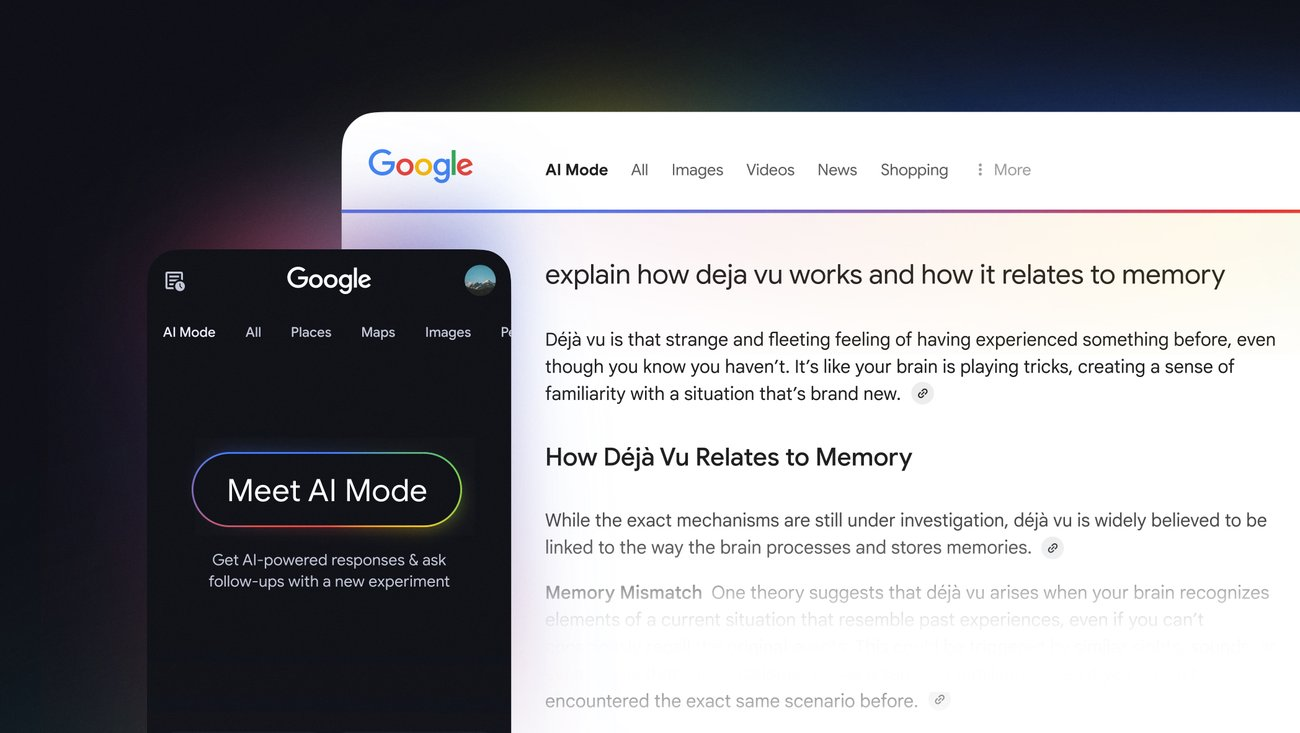
Google now instantly summarizes information from more than 100 sources into a single response. Consider it an AI-generated report that appears directly in the search results.
Despite being cited, users might never visit your website. The goal now is to be featured in these summaries.
Ask a question while pointing your camera at an object. AI Mode will look it over and assist you.
For instance:
Suppose you come across a jacket you like while shopping. When you use Google Lens to aim your phone at it, AI Mode can do more than just display comparable images.
Image and visual content AI SEO is becoming more significant. Nowadays, keywords are not everything.
Rather than merely suggesting, Google AI Mode takes action. It can find discounts, compare routes, and even purchase tickets.
As a result, Google becomes a personal assistant. Companies that depend on consumers “clicking through” will have to reconsider their sales funnel.
Google keeps track of your preferences and modifies results accordingly. Future searches will likely yield more pink clothing if you virtually try on a pink jumper.
More focused PPC and SEO tactics will be required. Google’s AI is continuously learning user preferences.
Therefore, even though AI Mode feels experimental right now, it represents a fundamental shift in the way search functions. As an editor, Google is choosing what to display, what to combine, and how to phrase the final response rather than just listing what is available.
Understanding how search and answer engines work is an essential skill for SEOs.
Google’s AI Mode functions similarly to AI Overviews. It generates responses using a custom version of the company’s Gemini model. Where it differs is in how that model works.
Rather than relying solely on the user’s query, AI Mode uses a fan-out technique that asks multiple questions simultaneously. When searching, you can observe this in action.
Let’s say you type a question into Google: “What are the best indoor plants for a dark room?”
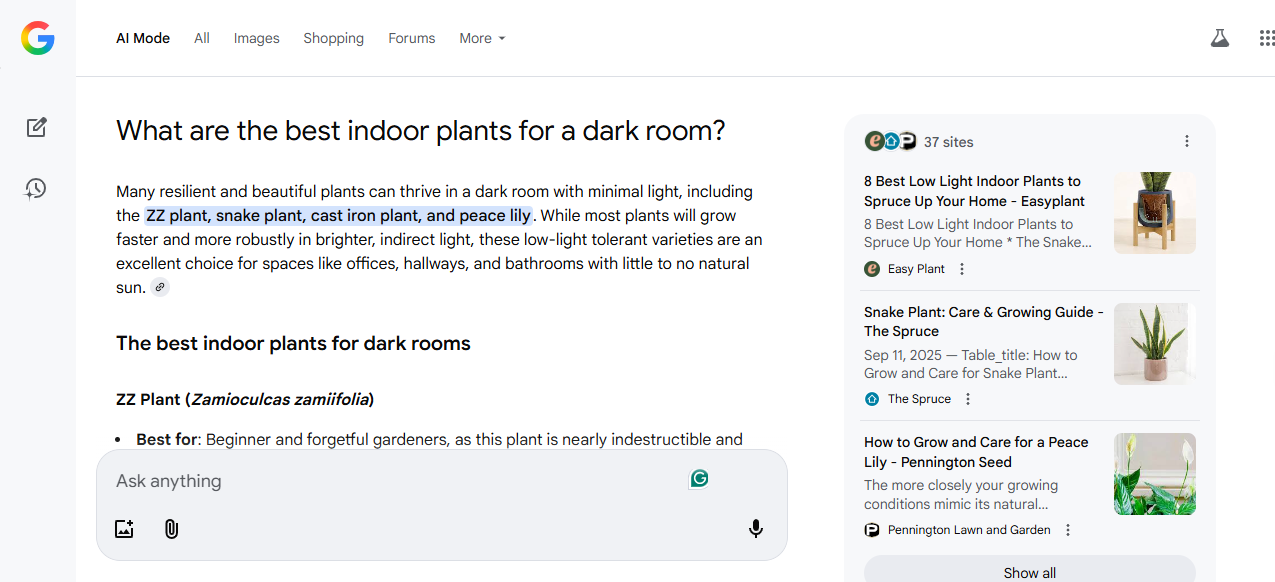
Here’s a detailed breakdown of what occurs in Google AI Mode:
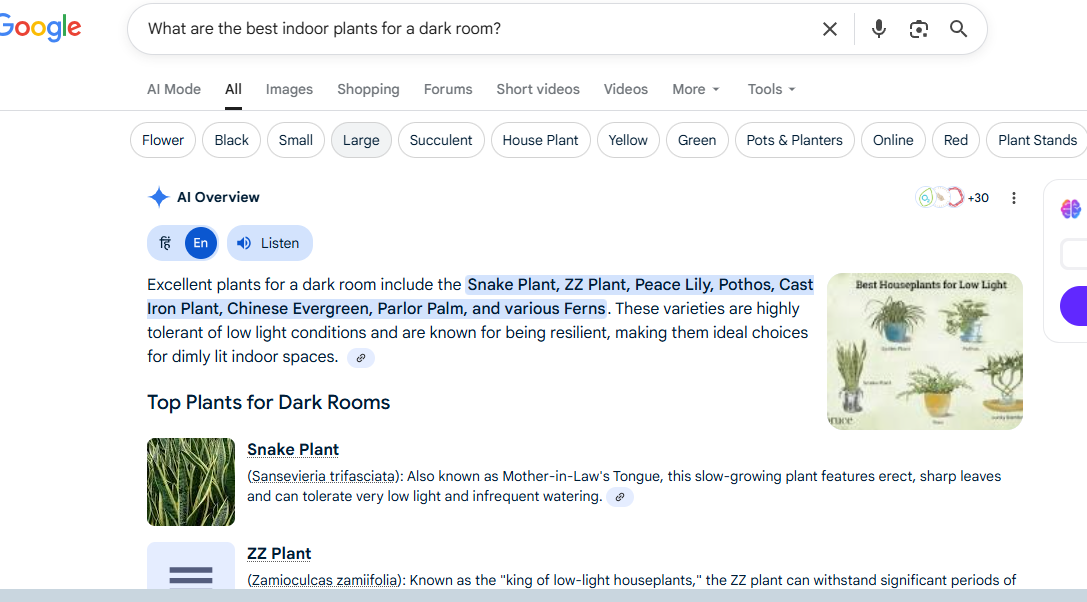
This process shows the biggest shift. In the past, Google found you an answer. Now, with Google AI Mode, Google is the answer.
That’s a signal for SEO. If we want our content to address both the main search query and any related ones that may come up, it must go beyond the confines of Google’s subtopics. The shortened version, then: AI Mode isn’t just search plus AI. The output you see is just the surface of a multi-layered process that involves breaking, fetching, and rebuilding.
Google brings AI Mode into Chrome so people can ask questions from the omnibox and about the page they are visiting. That tight integration means search can happen while users browse, which makes instant answers more common and may bypass organic links.
With the launch of Google’s AI Mode, content must be machine-readable, which means it must have clean formatting, clear headers, and succinct copy so AI can scan and summarize it rapidly.
It’s more than just keywords these days. Google is using context from text, images, and videos, so your content needs to be more thorough and richer.
Here are the biggest ways AI mode is changing SEO.
Before, you might have optimized a page for the keyword “best running shoes.” Now, the AI understands that “best running shoes” could mean many things. It thinks about the user’s journey.
Your content needs to answer these deeper questions. You must cover the entire topic thoroughly.
E-E-A-T is a fancy term from Google. It stands for Experience, Expertise, Authoritativeness, and Trustworthiness. It is Google’s way of asking, “Why should we trust you?”
With AI pulling information from the web, Google is more careful than ever to use reliable sources. If your website looks spammy or out-of-date or is written by someone with no clear expertise, the AI will ignore it.
Action Point: Show why you are an expert. Have an “About Us” page that explains who you are. If you write a medical article, cite doctors and reputable health organizations. Show your credentials.
A “zero-click search” is when a user gets their answer directly on the Google results page without clicking on any website. According to SparkToro, just 36 percent of searches result in clicks to the open web in the US. With AI Overviews, this could happen more often.
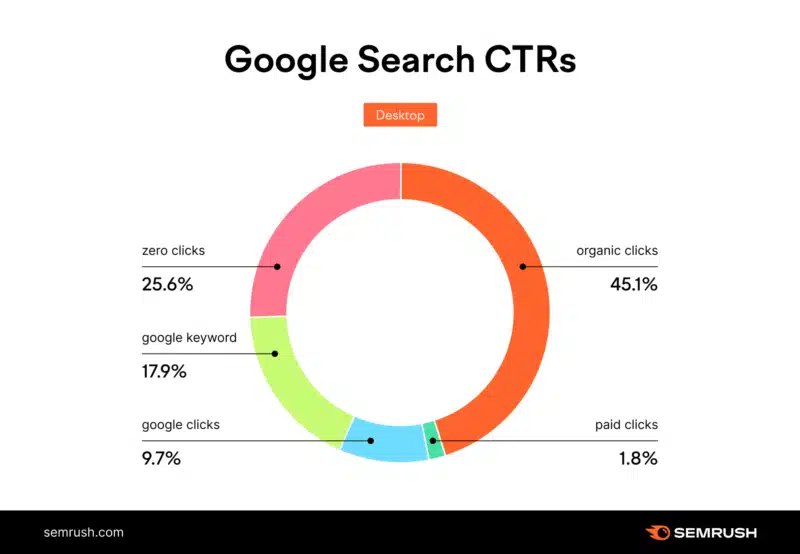
This sounds scary for website traffic, but there is an opportunity. AI always shows its sources. If your website is consistently chosen as a source, millions will see your brand name at the top of the search results. This builds huge brand awareness and trust.
Your goal shifts from “getting a click” to “being the best source of information.”
Now for the most important part. What can you actually do today? Here is a simple, actionable plan to future-proof your website.
A large portion of the search in 2025 is out of our direct control. This is why it’s so important to concentrate on your brand, which you can control.
Invest in digital PR to reach a wider audience and establish a strong brand presence across a variety of platforms.
This change is from search engine optimization to OmniSEO, or search everywhere optimization. AI Mode is only one example of the ways that search has evolved, along with ChatGPT, Meta AI, and Claude.
If SEOs want to help businesses get found online and convert that visibility into quote requests, in-store visits, or purchases, they must acknowledge that people are making use of more than just Google to find what they need.
The ultimate goal is for AI to recognize your brand as the most valuable and pertinent resource at each step of its reasoning process, efficiently responding to user inquiries that are both explicit and implicit.
AI Mode content not only has to be informative and indexable. “Generally relevant” content is no longer sufficient. It must be semantically consistent with every logical inference, granularly functional, and retrievable step-by-step. It needs to be built with multiple reasoning checkpoints in mind.
These consist of natural language generation modeling, comparative re-ranking, and similarity between passage-level embeddings.
Each of the four strategic pillars that support content creation that thrives in AI Mode relates to a distinct set of content attributes. These are as follows:
It will take time, but connecting with audiences via AI agents will be crucial as users will ultimately rely on agents rather than websites for their needs.
Agents will not only synthesize and personalize answers for people, but they’ll complete actions, too.
Agents will become personal assistants, and marketers need to start thinking about optimizing content and experiences for agents.
Preparing for AI Mode requires a matrixed, data-driven strategy beyond traditional SEO. The goal is to make your content the most relevant answer across Gemini’s numerous synthetic queries. This begins by analyzing your rankings for these derived subqueries.
In the age of AI, trust is your most valuable asset. You must prove to Google’s AI that your website is a reliable source of information. This means going beyond just writing good content. You must show real-world proof of your experience, expertise, and authority. Think of it as showing your credentials.
Here is how you can do it:
With all this talk about AI, it’s easy to forget the basics. But, the most important step you can take is to focus on the core rules of SEO. A strong, healthy website is the best way to prepare for any change Google makes.
Think of it like building a house. You can have the best furniture (fancy AI tricks), but if the foundation (your basic SEO) is weak, the whole house can fall down. Websites with a strong foundation are the ones that AI trusts most.
Here are the fundamental things Google says your website must do:
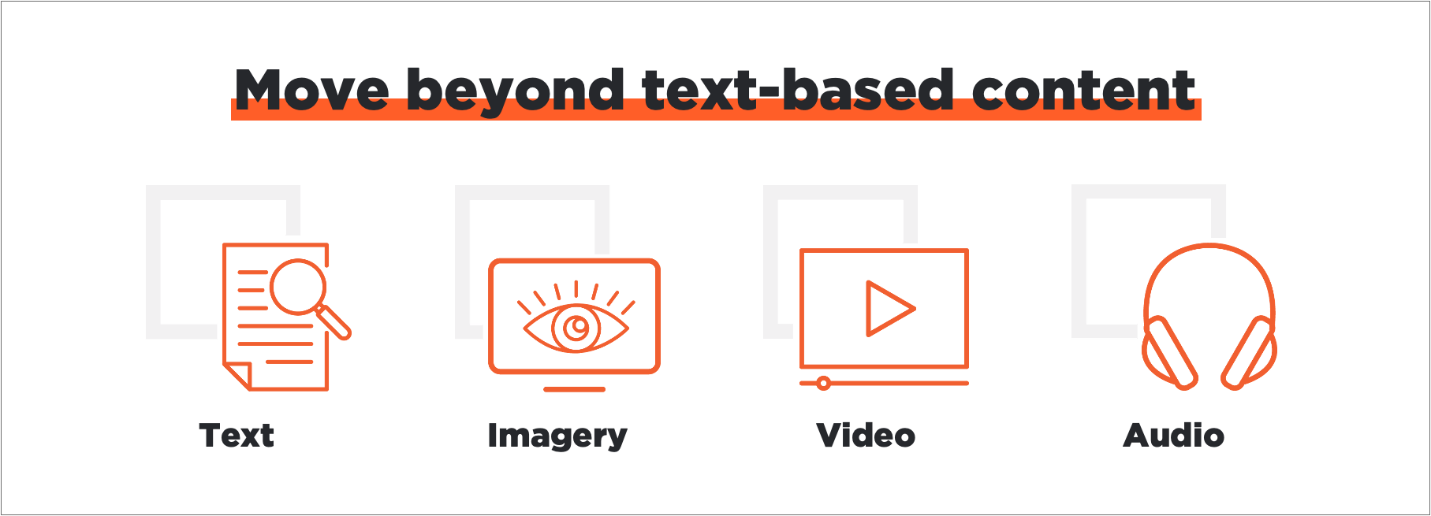
While others might panic about AI, it is your chance to get ahead. By doubling down on these proven fundamentals, you build a website ready for the future, no matter what happens.
Google’s AI Mode is pushing search beyond text, making it multimodal. This means the system can now process and deliver answers from videos, podcasts, images, charts, and written content, sometimes even blending them. For users, this creates richer, more dynamic answers. However, for SEO professionals, it introduces new challenges.
In the past, optimizing meant focusing on text-based queries and web pages. Today, a podcast clip, a chart, or even AI-generated visuals could replace what your blog once ranked for. Worse, Google can reformat this content, like turning charts into text summaries, without driving direct clicks back to your site.
SEO must evolve to stay competitive in building complete content ecosystems across formats. This means publishing:
Multimodal retrieval changes the rules. Future AISEO must be multi-format, flexible, and ecosystem-driven.
Google’s AI Mode is not a distant future, it is the new reality of search. While it represents a significant shift, it ultimately rewards what SEO has always been about at its best, creating genuinely helpful, trustworthy content for people.
The key is to adapt your strategy. Stop focusing only on keywords and clicks. Start building a brand known for expertise across multiple formats.
By strengthening your E-E-A-T, mastering the fundamentals, and preparing for a multimodal world, you can ensure your business survives and thrives in the age of AI search. The goal is no longer just to rank, it’s to be the most citable source.
AI Mode is changing how people discover information and how businesses get found. The experts at ResultFirst stay on top of these changes every day. We help companies to build agile, authoritative online presences that perform today and are ready for tomorrow.
Let’s build your strategy for the future of search together. Contact ResultFirst for a personalized consultation today.
AI Overviews summarize search results for simple queries, while AI Mode is more advanced, it can handle complex, multi-layered queries, integrate with Chrome, and process multiple content formats like images, audio, and video.
SEO is no longer just about keywords. AI Mode requires machine-readable content, strong E-E-A-T signals, and multi-format assets (text, video, podcasts, visuals). Zero-click searches are rising, making brand visibility as a cited source essential.
Yes. While clicks may reduce, being cited in AI summaries can build trust, brand awareness, and authority. Optimizing for AI Mode increases your chances of being featured in those results.
Start by improving your site’s E-E-A-T, publishing content across multiple formats, using structured data, and focusing on user-first strategies. Building a strong content ecosystem is the best long-term move.
No, Google AI Mode isn’t replacing traditional SEO but evolving it. Core SEO practices like technical health, E-E-A-T, and content depth remain vital. But it is important to understand “ how AI mode is changing SEO”. What changes is how content gets discovered, SEO needs to optimize for visibility, citations, and multi-format content in AI-driven summaries.
Brands get cited by creating high-quality, trustworthy content that aligns with user intent and Google’s Knowledge Graph. Content should be clear, well-structured, and fact-based, with strong E-E-A-T signals. Using data, expert insights, and optimized formatting helps AI confidently reference your brand in summaries.